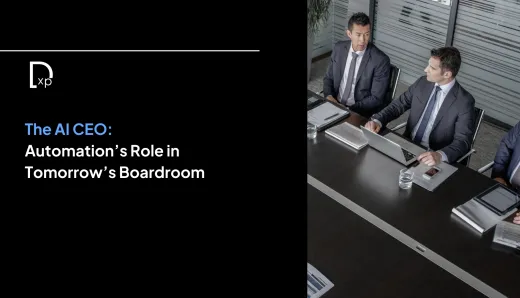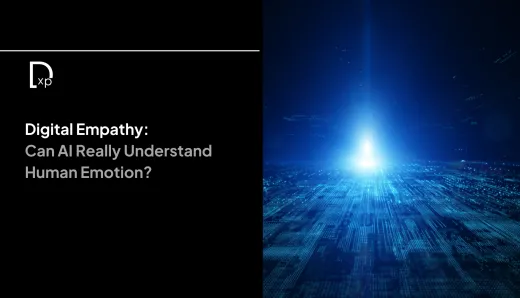Evolution of DXP: Tracing the roots from CMS
Evolution of digital experience platforms from content management systems is rooted in the history of the customer lifecycle stage and content management itself. When we talk with different sets of audience each day, we realize that each industry has a different understanding of what a digital platform can do. This evolution from CMS to DXP draws parallel from evolution of content in generating digital experience. This evolution is a result of an ever-evolving customer lifecycle stage.
Users haven’t completely outdated the role of classic CMS tools. Therefore, the core of content management remains the same, and at the heart of web experience management (WEM). Evolution goes from the use of technologies to their magnitude. The most fascinating thing is that DXPs are still evolving and improving so as to meet the evolving needs. Here is how exactly DXPs emerged and evolved from classic CMSs.
Content management systems (CMS)
CMS, as the name says, helps organizations in managing their content on mobile devices and desktop. The content may include written text, images, and videos - all of which is manageable and controlled through CMS. This ensures that brands get full control over their content, and they can also maintain consistency of content across the online platforms. But, over a period of time working and managing content became different and had newer meanings. The content no longer remained just the website copy, but also included cross-channel content and data. This gave birth to Web experience management.
Web experience management (WEM)
WEM paved the way for cross-channel functionality. WEMs enabled brands in sharing the information digitally. This gave a greater visibility on how users were engaging or interacting with the content. Greater brand visibility also gave a peep into user behavior, which enabled businesses in defining customer persona specifically. Thus, the content became more specific, consistent and defined across digital and in-person channels in context with the customer lifecycle stage.
Most essential thing about WEMs is that it enables brands in generating customized communications tailored for every customer. When the scope of WEMs extended, the content too extended to social media, graphics, apps, videos, products, and whatnot. The list started becoming endless. The need for something more than just content management arose, which gave birth to DXP or Digital experience platforms.
Digital experience platform (DXP)
DXPs, as defined by Gartner, “is an integrated set of technologies, based on a common platform, that provides a broad range of audiences with consistent, secure and personalized access to information and applications across many digital touchpoints.”
DXP is the new buzzword, and is not restricted to just the content management, or content across the web. It is a multi-channel experience that takes all touchpoints into consideration - ecommerce systems, kiosks, customer portals, billboards, social media, in-store, and more.
This shift and evolution towards DXPs is twofold - first, because it is driven by the obvious need to shift towards technological change, and second, DXPs have emerged from a fully-connected and conscious experience that arises from interaction with a customer.
DXPs however do not just focus on interactions, but also on maintaining customer satisfaction.
Today DXPs leverage the most from the tools of CMS and WEMs, and create an evolved model which runs seamlessly with customer intelligence solutions and CRMs. DXPs are the holistic intelligent solutions, the suite that suits all, where content as well as e-commerce platforms can be calibrated to work in unison. In our next blog, we’ll discuss how you can focus and align your strategy towards brand experience.




